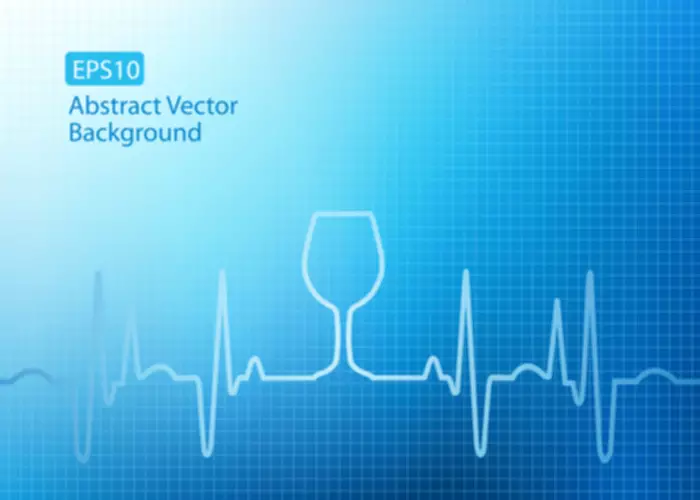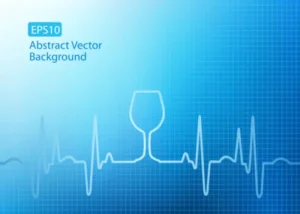
Creating a new routine can also be helpful when you are quitting a substance such as marijuana. Keeping a routine during stressful times can be important for your mental well-being, but sticking to old habits (those that featured regular drug use) can make recovery much more difficult. Whether you are tapering your use or quitting cold turkey, it is vital to be aware of the people, objects, or situations that can trigger drug cravings and use. Identifying these triggers and finding ways to avoid or cope with them can help you be more successful. Tapering is a process that involves gradually reducing drug use by lowering the dose used over a period of time. The goal is to slowly allow a person’s body to become used to lower levels of the substance while minimizing drug withdrawal symptoms.

DrugRehab.com’s Marijuana Addiction Hotline
The only meetings impacted by this change are the 42 that required SROL registration to participate, and those meetings can transition to SMARTfinder if they want to. By Kendra Cherry, MSEdKendra Cherry, MS, is a psychosocial rehabilitation specialist, psychology educator, and author of the „Everything Psychology Book.” The Centers for Disease Control and Prevention (CDC) recommends that adults engage in 150 minutes of moderate-intensity aerobic exercise each week, which amounts to about 30 minutes of brisk walking five days a week. Don’t be too hard on yourself if you do make a mistake and smoke again. Research has found that it usually takes people a few tries before they are successful.
Find Treatment
- A marijuana hotline can help you determine whether you need treatment or if you may be able to recover on your own.
- Others provide information about support groups or the health effects of marijuana.
- Freedom from active addiction and untreated alcoholism are obtainable if you ask for the help you need.
- The National Council on Alcoholism and Drug Dependence Hope Line provides information on addiction, over-the-phone assessments and referrals to NCADD-affiliated nonprofit treatment centers.
- A model for reduced use as an endpoint exists with treatments for alcohol use disorder.
To help overcome such hesitation we’ve provided answers to some common questions below. There are also toll-free alcohol abuse hotline numbers and resources available. The following questions may help you determine if you have a problem with marijuana… The full cost of treatment may even be covered by insurance depending on your level of coverage and whether you have determined you may need treatment. Screen4Success provides an easy way for parents and caregivers to identify areas where their children may benefit from additional support. Supporting the management of behavioral health effects from disasters.

Substance Use Disorder Treatment
Abstaining from marijuana isn’t as easy for people who are addicted to the drug. Marijuana addiction occurs when a person can’t stop consuming or smoking the drug despite health, social or financial problems. Rehab for marijuana addiction treats underlying causes of addiction and helps people learn to live without substances of abuse. Once you decide to stop smoking weed, it’s a good idea to familiarize yourself with the withdrawal symptoms you might experience as you give up the drug. By doing this, you’ll be better prepared mentally and can plan how you will deal with these symptoms.
- To quit smoking marijuana, you need to choose an approach that works for you.
- A study conducted by the CDC revealed that of the nearly 14 million American women that are reported to abuse alcohol—a high percentage were stay-at-home moms.
- If work and home life have kept you from entering treatment, I urge you to find the treatment mode that does work.
- In the case of marijuana, changing laws and legalization may hinder your loved one’s ability to see that there’s any issue with their drug use.
- There are many support groups available for those who wish to quit marijuana use.
Like people with alcohol problems and other substance abuse disorders, they have a medical condition that requires intervention. Rehab for marijuana addiction is structured similarly to treatment centers and rehab programs that are dedicated to alcohol and other drug addictions. Some research also suggests that exercise may help complement other treatments for cannabis use disorder.
Marijuana Hotline
A study conducted by the CDC revealed that of the nearly 14 million American women that are reported to abuse alcohol—a high percentage were stay-at-home moms. Traditionally, as I have seen with my own recovery center, both of these populations have been reluctant to enter into treatment. Either because they fear losing their job while in treatment, or the role of the family caregiver is a full-time occupation, and they are unable to get the needed time off.
- With the risk of both short- and long-term effects from using marijuana, there are several hotlines that you can call to get help for yourself or a loved one.
- The world services office of Marijuana Anonymous can answer general questions about marijuana and connect you with 12-step meetings that may help people in recovery from marijuana addiction.
- The more involved and dedicated the addict and alcoholic are to getting better, the greater chance they have to stay sober and not relapse.

Individuals, who smoke weed regularly, may develop significant cannabis dependence. Once this develops, quitting marijuana may result in several uncomfortable experiences, including cravings and turbulent moods. Fund evidence-based addiction services to support people where they are, including harm reduction and recovery services. Treatment and services must be available, affordable, and accessible on-demand. Expand access to addiction medications like methadone and buprenorphine and provide basic needs like food and housing for people to survive and be is marijuana addictive stable enough to find success in treatment. Those who receive treatment for a marijuana addiction are predominantly individuals who have chronically used marijuana on a daily basis.

Evidence Based
- Kendra Cherry, MS, is a psychosocial rehabilitation specialist, psychology educator, and author of the „Everything Psychology Book.”
- With consistent use, people who consume weed risk developing a marijuana use disorder, or marijuana addiction.
- These criteria are adapted from the most recent edition of the American Psychiatric Association’s Diagnostic and Statistical Manual, also referred to as DSM-5.
- Behavioral disorders, such as gambling addiction or porn addiction, are great examples of the power of mental dependencies.
- When someone is dependent on marijuana, they may experience withdrawal when they attempt to quit or cut down on the consumption of the drug.
Along the way, Eric worked as a collaborating investigator for the field trials of the DSM-5 and completed an agreement to provide mental health treatment to underserved communities with the National Health Service Corp. If you are worried about a loved one and their drug addiction marijuana addiction, the best way to approach them is with empathy and compassion, preferably at a time when they are not intoxicated. Try to avoid judgment—remember, addiction is a disease that requires treatment. Get professional help from an addiction and mental health counselor from BetterHelp via phone, video, or live-chat.













